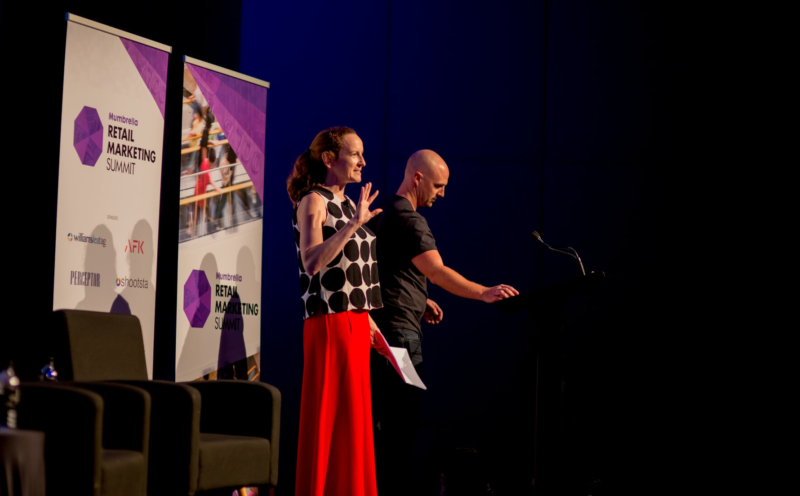Blending brands means forgetting traditional marketing theories, says BMF planners
The distinction between short-term sales activations and long-term brand building is often over emphasised; brands should look to blend the two using customer knowledge and company goals, and not contemporary marketing theories, BMF marketers told guests at Mumbrella’s Retail Marketing Summit.
Hugh Munro, head of innovation planning at BMF and Ali Tilling, head of brand planning, discussed the differences between retail and brand advertising and how to blend the two together in the ‘Breaking Down the Barriers Between Retail and Brand Advertising’ session.
Munro said there is a 60/40 rule in advertising – 60% of effort, time and money should go into brand building while 40% should go into sales and retail activity.


